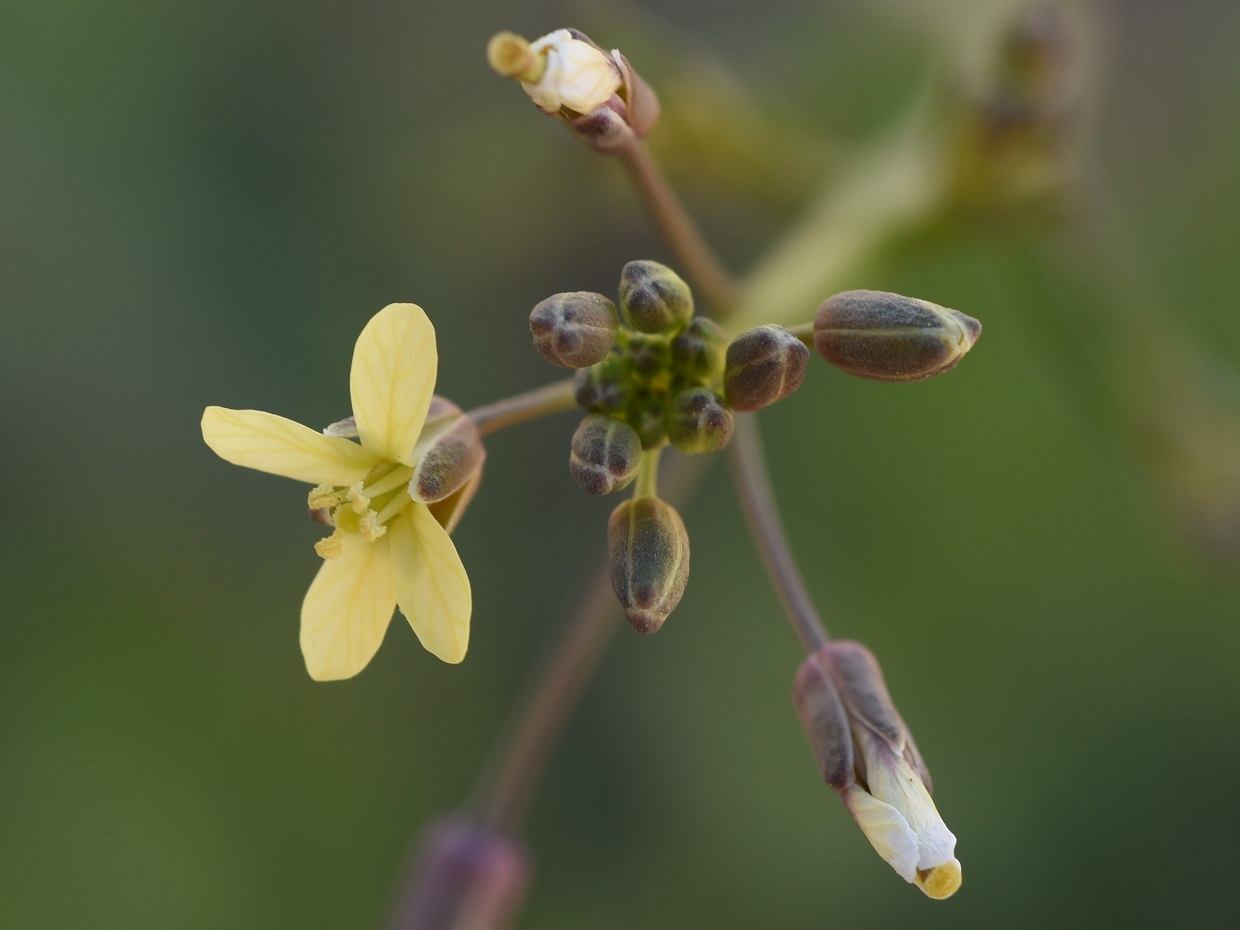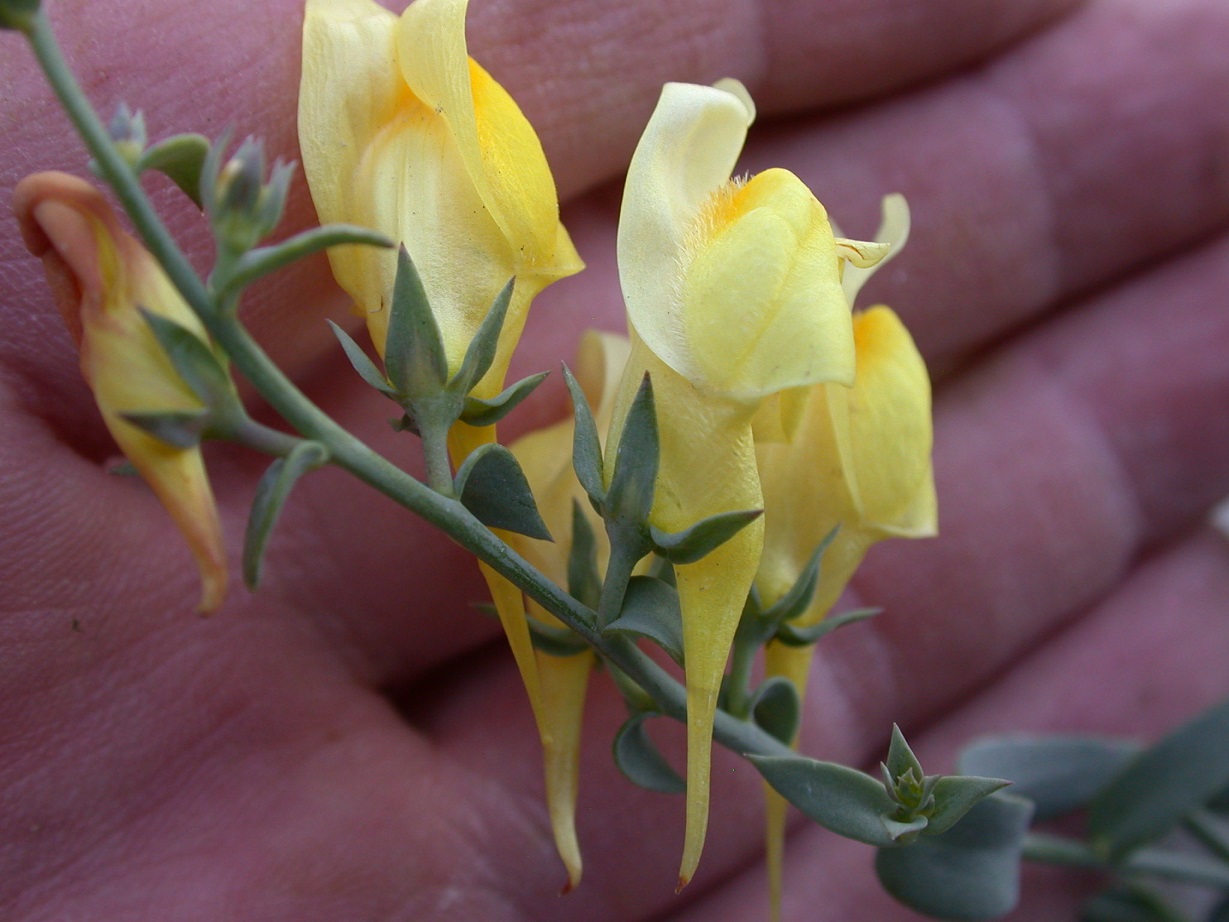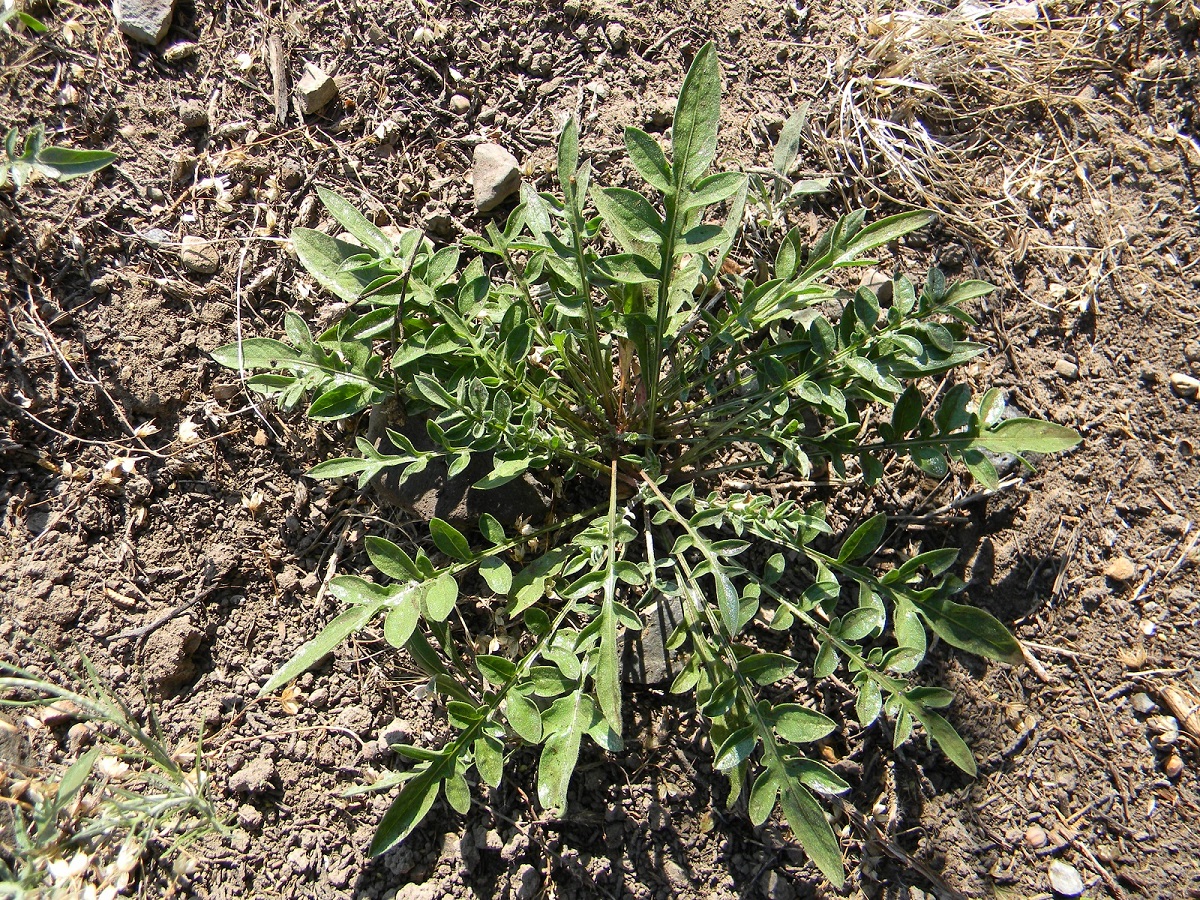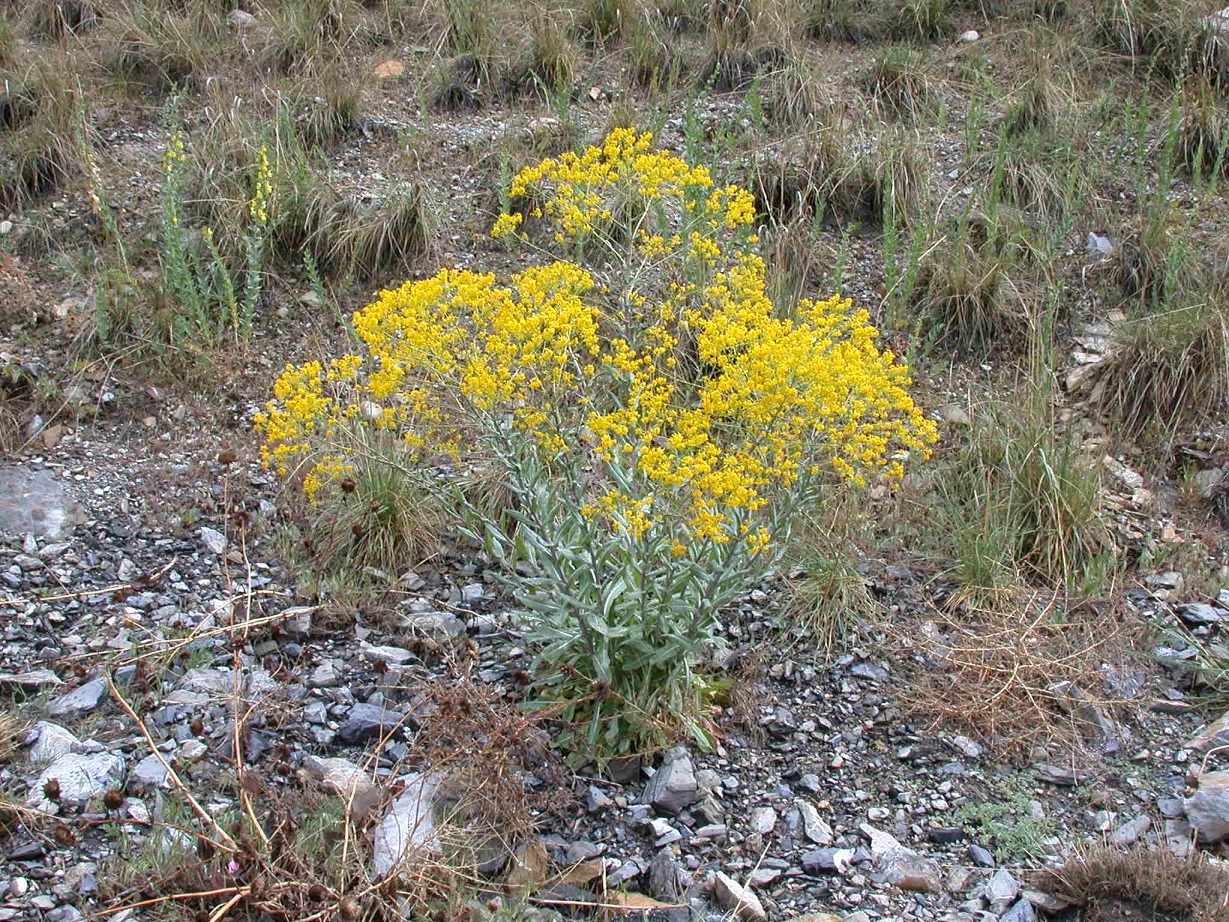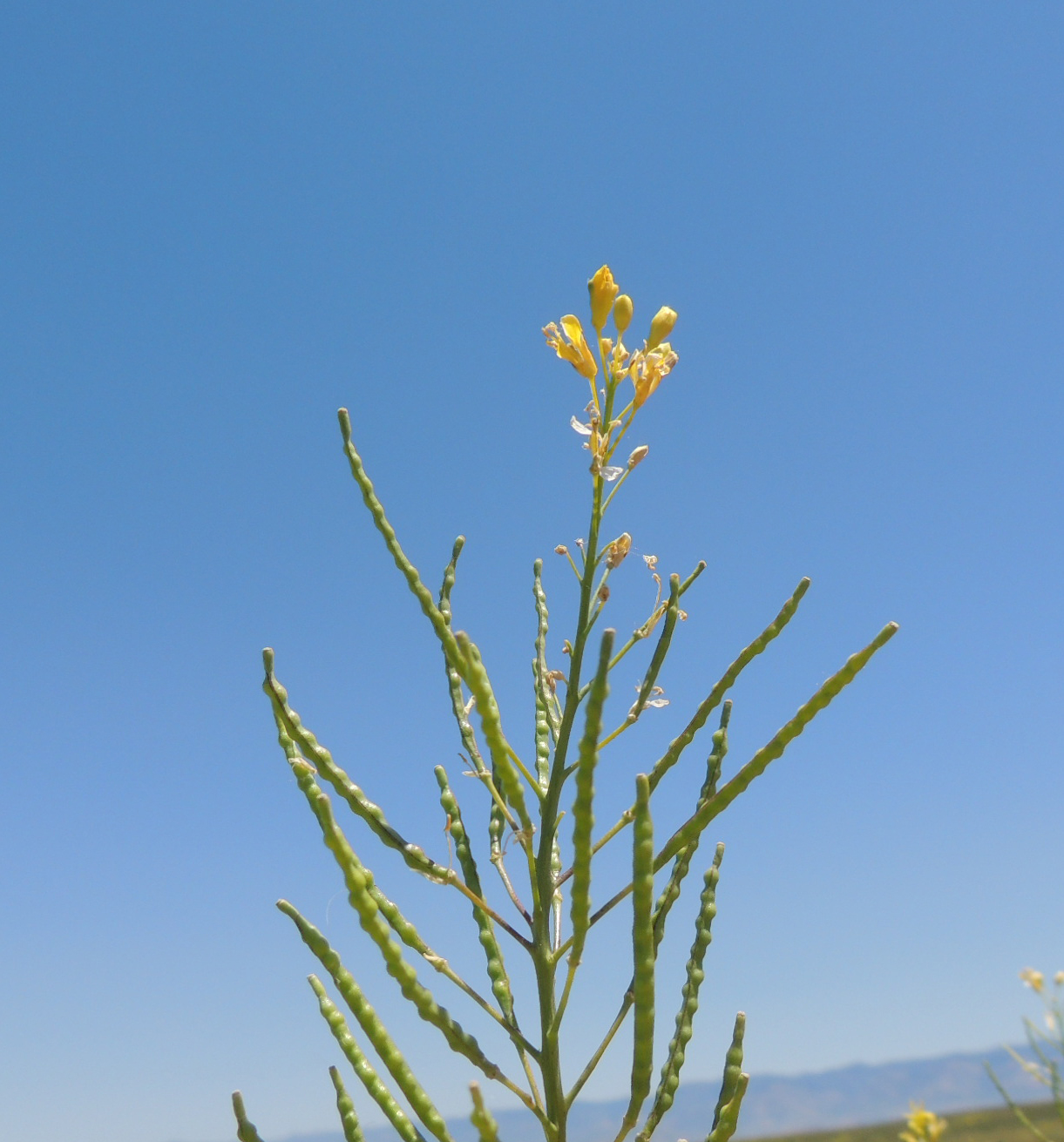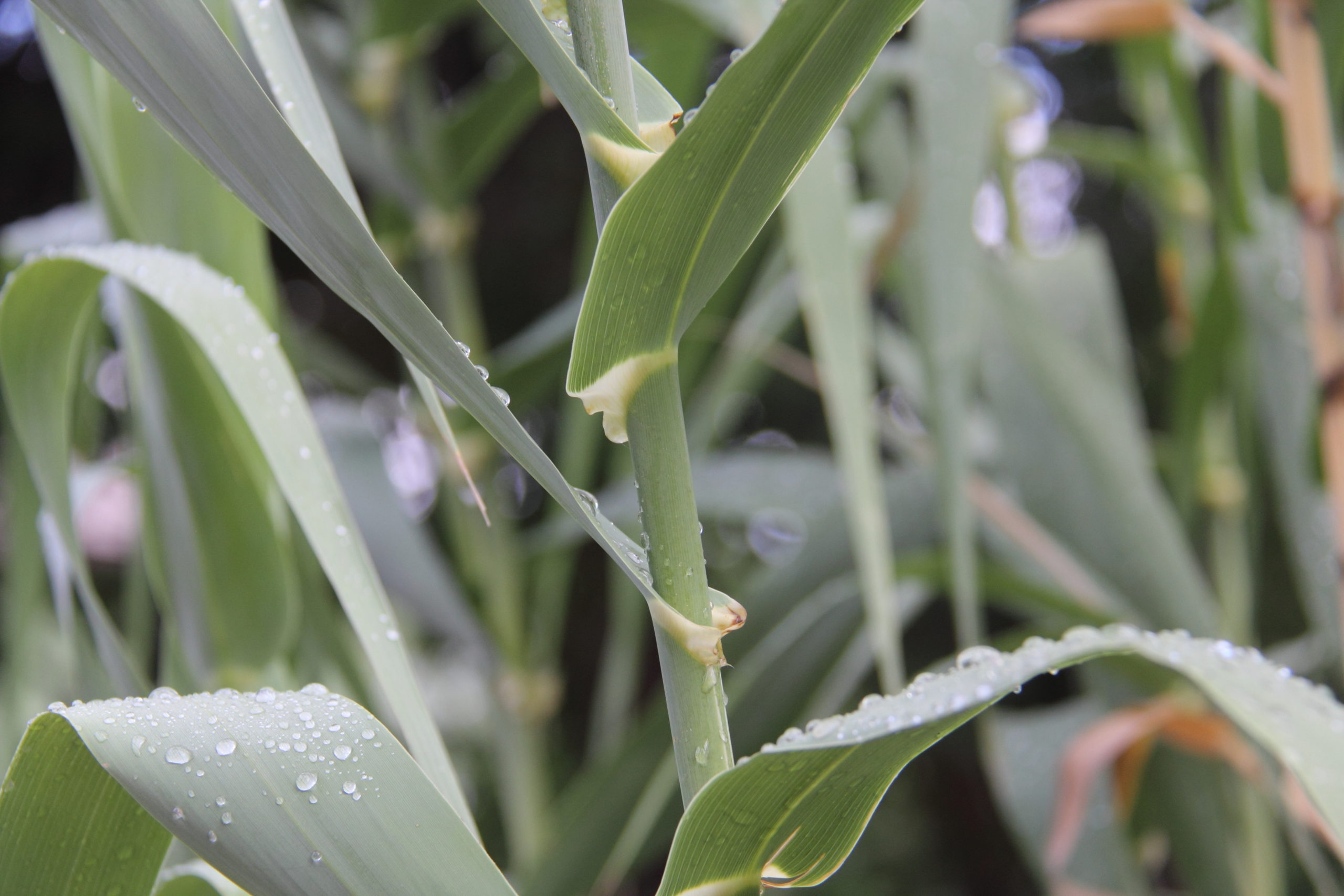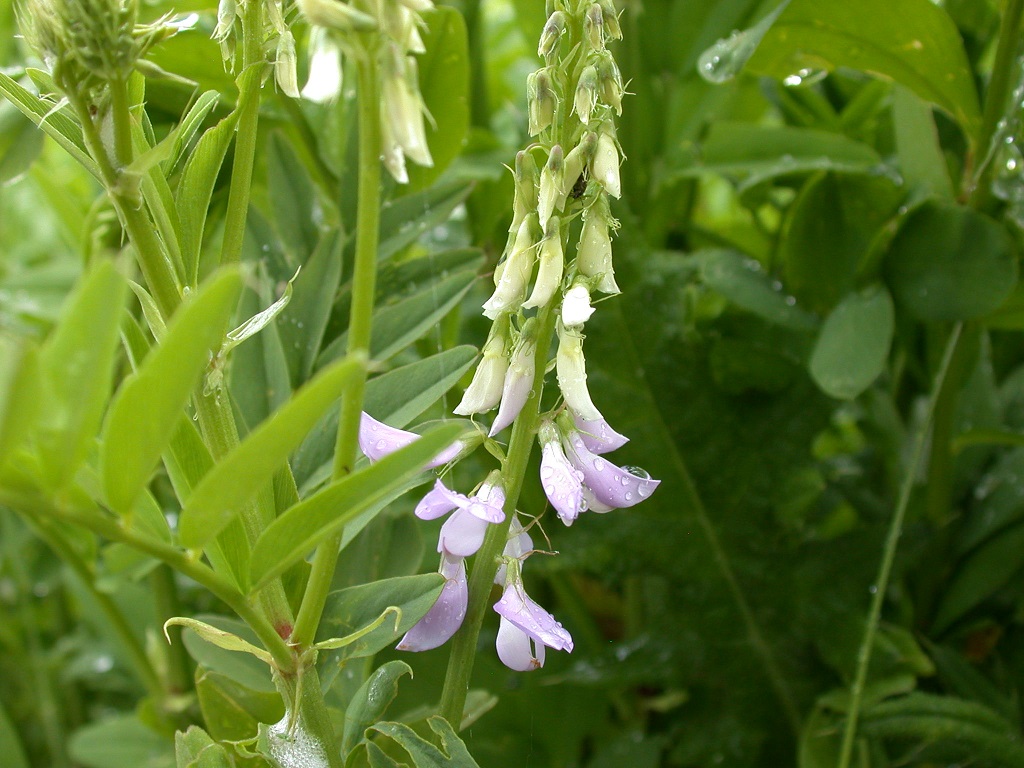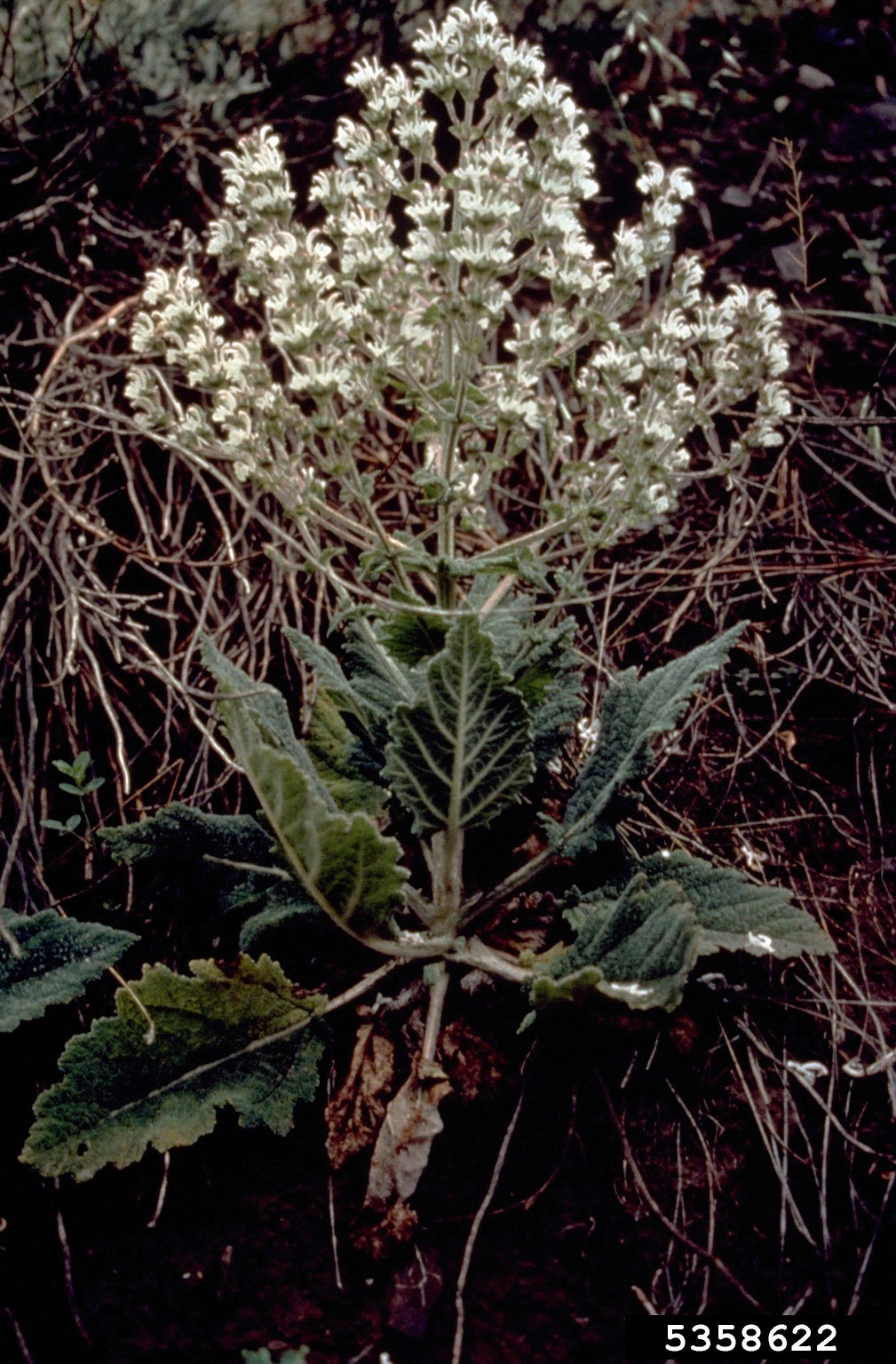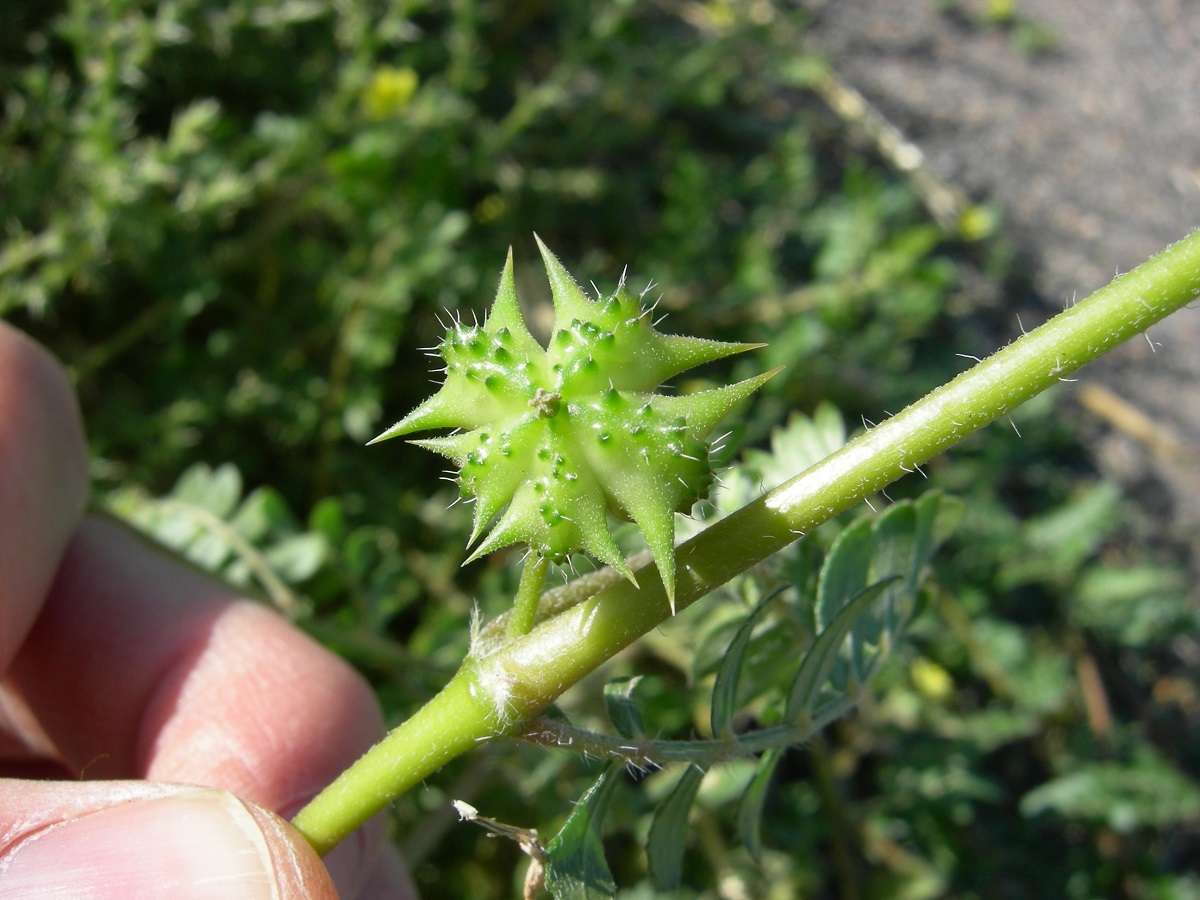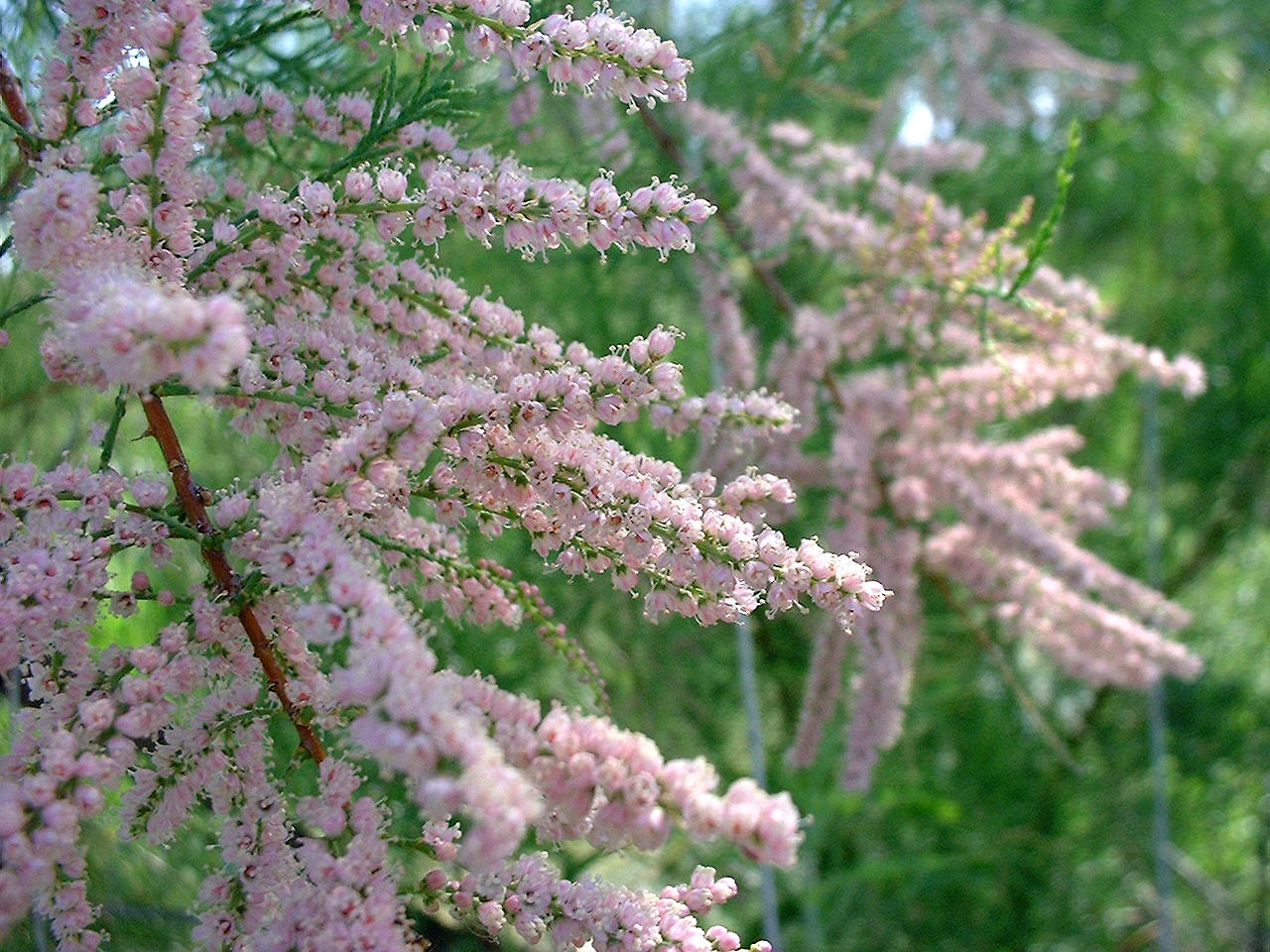Oxeye Daisy
- Scientific Name: Leucanthemum vulgare
BACKGROUND: This native of Europe survives in a wide range of environments. It is prevalent on poor soils, tolerates cold conditions, and survives drought well. Often found in meadows, roadsides, waste areas, grasslands, or overgrazed pastures.
DESCRIPTION : This creeping perennial, rhizomatous herb grows 1 to 3 feet tall. Leaves are lance-shaped with coarse teeth. Flowers range 1- 2.2 inches in diameter, and usually appear from June to August. The plant has a disagreeable odor if crushed. Although not toxic, it can give milk an off-flavor if consumed by dairy cattle. It grows in patches, and spreads vegetatively and by seed. Oxeye daisy’s coarse toothed-leaf margins differentiate it from members of the Aster genus, with which it is often confused.
CONTROL: Cultivation is effective. Maintaining a dense crop canopy is effective in preventing establishment. Several herbicides give good control.







